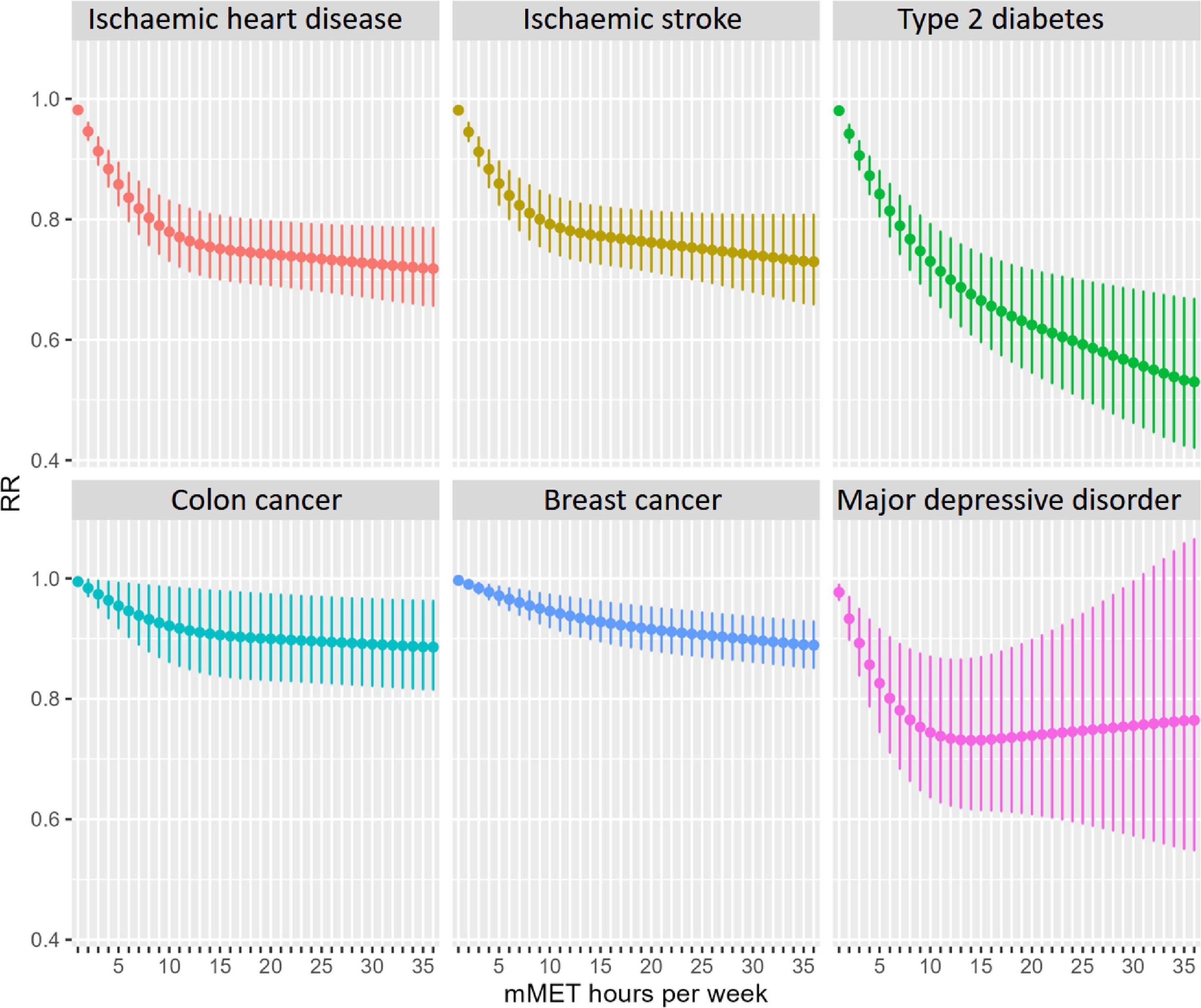
Title: The Power of Physical Activity in Natural Environments: Preventing Non-Communicable Diseases and Improving Mental Health
Lead: Engaging in physical activity, particularly in natural environments like parks and beaches, has been shown to prevent numerous non-communicable diseases annually and save significant healthcare costs. This article explores the latest research on the benefits of physical fitness for mental health, specifically focusing on children and adolescents.
Paragraph 1: A recent study published in JAMA Pediatrics revealed that children and adolescents with better physical fitness have lower rates of mental health disorders. The study, which utilized data from Taiwan National Student Fitness Tests and National Insurance Research Databases, found that improved cardiorespiratory fitness, muscular endurance, and muscular power were independently associated with reduced risks of anxiety disorders, depressive disorders, and attention-deficit/hyperactivity disorder (ADHD) in both male and female participants.
Paragraph 2: The findings from this study underscore the importance of physical activity for mental health. According to a report by the American Psychological Association, physical activity has a small but significant effect on the mental health of children and adolescents ages 6 to 18. Furthermore, researchers suggest that targeted physical fitness programs could hold significant potential as primary preventative interventions against mental disorders in this demographic.
Paragraph 3: Another study published in Environment International found that physical activity in natural environments prevents approximately 12,763 cases of non-communicable diseases annually in England and saves over £108.7 million ($145.9 million) in healthcare costs. This research emphasizes the critical role of natural environments, such as parks and beaches, in promoting health by reducing the prevalence of conditions like heart disease, diabetes, cancer, and depression.
Conclusion: In conclusion, physical activity plays a crucial role in both mental and physical health. By engaging in regular exercise and spending time in natural environments like parks or beaches, individuals can prevent various non-communicable diseases and improve their overall wellbeing. For children and adolescents, targeted fitness programs could serve as primary preventative interventions against mental disorders.
:max_bytes(150000):strip_icc():focal(749x0:751x2)/kids-exercising-042924-6a9930dad19344ce85734ae0c6bad3e5.jpg)


